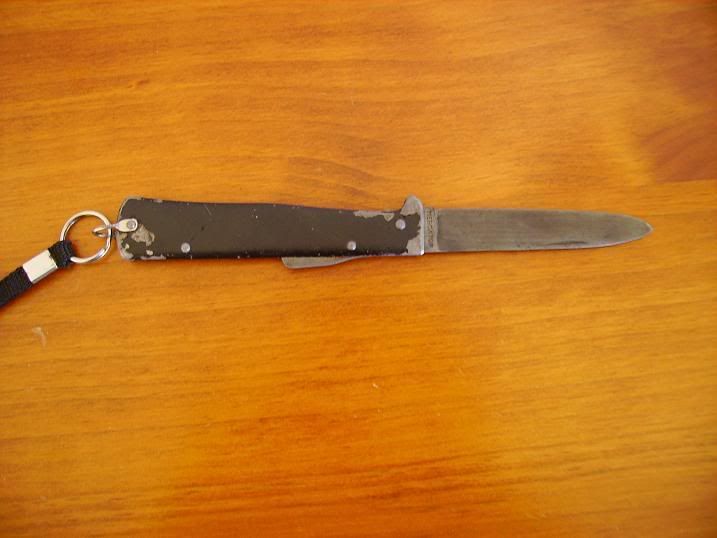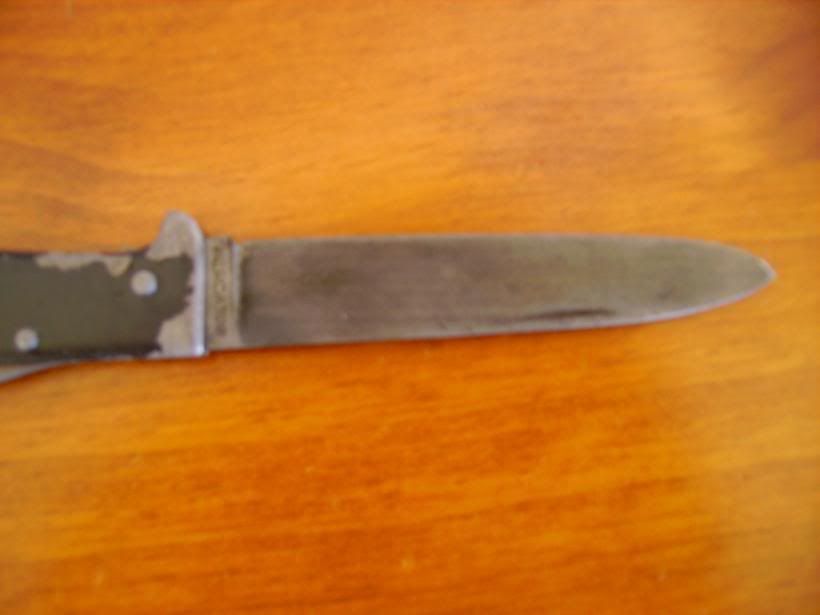I'm sure this is common knowledge but for those of you who don't know about it I'll explain.
Yesterday I pushed the blade of my carbon steel "Opinel" knife into an onion and left it there for 24hrs. (You could use some other vegetables and citrus fruits).
I took the blade out, gave it a rinse under the tap and then dried it on a towel.
From being very shiny, the blade has turned a grey/black colour and has swirly patterns on it. If I remember rightly, this darkening is called a patina.
Apparently this patina helps protect a carbon blade from rusting.
Anyway, I'm sure you all know about this process, I just thought I'd share what I've been up to.
YB
Yesterday I pushed the blade of my carbon steel "Opinel" knife into an onion and left it there for 24hrs. (You could use some other vegetables and citrus fruits).
I took the blade out, gave it a rinse under the tap and then dried it on a towel.
From being very shiny, the blade has turned a grey/black colour and has swirly patterns on it. If I remember rightly, this darkening is called a patina.
Apparently this patina helps protect a carbon blade from rusting.
Anyway, I'm sure you all know about this process, I just thought I'd share what I've been up to.
YB








